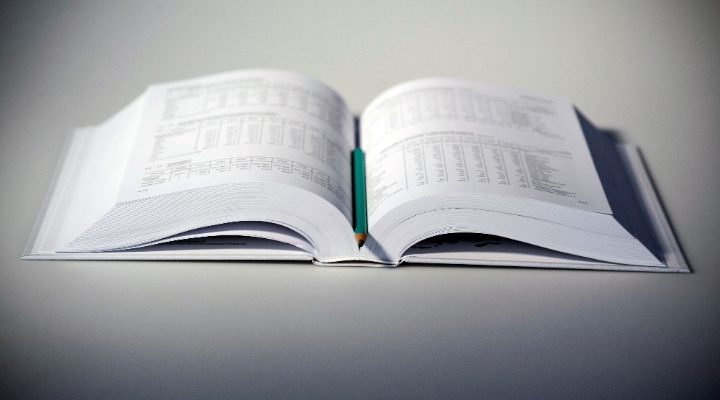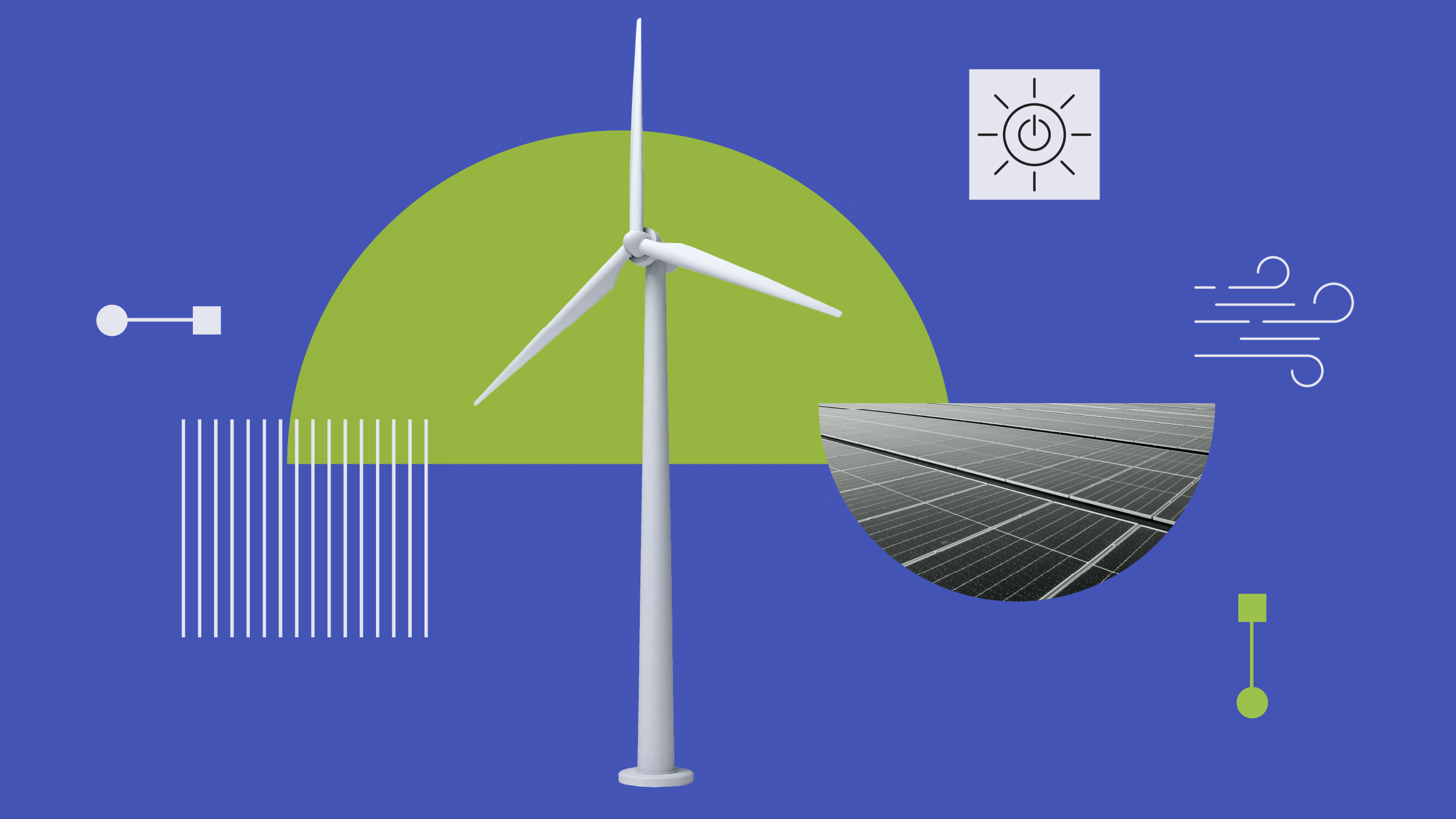
If you’ve ever bought a property, you’re probably well aware that the purchase process - known as conveyancing - is rarely a smooth ride. Setbacks come in many forms, and can slow the journey or even derail it altogether. Nonetheless, there is a route to follow, and it’s good to be familiar with the landmarks along the way. Here's what to expect when you're buying a property:
1. Find a Conveyancer
Once you’re property-hunting seriously, it’s worth choosing a solicitor or conveyancer to do the conveyancing work for you, though you can only instruct them once you’ve agreed an offer. There’s a useful guide on the Home Owners Alliance (HOA) website outlining the differences between the two.
2. Contract and Paperwork
When you’ve had an offer accepted, your conveyancer will contact the seller’s solicitor. He’ll receive a draft contract pack, providing much information about the property and any work done to it, any guarantees, and what’s included in the sale.
The conveyancer goes through the contract and various questionnaires completed by the seller, querying anything unclear or incomplete. You need to check that the fixtures and fittings you expected are included in the sale and raise any concerns with the conveyancer.
Leasehold properties involve some additional work for the conveyancer, as the property will be owned by the freeholder as well as you. L&C produces a guide on leasehold conveyancing.
3. Searches
The conveyancer will also carry out searches to find out more about the property and external factors that could affect its value or even lead you to reconsider the purchase altogether. These include:
- Land Registry checks on the documents that prove the seller actually owns the property.
- The local authority search, which is mandatory if you are buying with a mortgage. If you’re a cash buyer, you don’t have to get one, but it makes sense so you know what you’re buying - the first part addresses issues such as whether the property has listed status, is in a conservation area or includes a protected tree; the second covers transport proposals and other planning and environmental factors that could affect it.
- The water authority search details how the property gets water and where any public drains are situated.
- A chancel repair search establishes whether the property comes with medieval liabilities to contribute to the cost of repairs to a parish church. These days it’s the Church’s responsibility to lodge a property’s liability for repairs, but it can still be an issue in some circumstances.
- An environmental search provides more detailed information about the risk of flooding, local landfill sites, contamination and other such issues.
- There may be other location-specific searches recommended by the conveyancer. In former mining districts, for instance, they might do a search to check for the risk of subsidence.
The costs of the searches are separate from the conveyancing charge; the conveyancer may offer a bundled search package for a flat fee. Searches typically take two or three weeks to complete, though they can take longer.
4. Valuation and Survey
If you need a mortgage, the lender will want a mortgage valuation so it knows the property is worth the amount you want to borrow. You may need to pay for this, though often the mortgagr lender will offer a free valuation.
A valuation may involve a visit from a surveyor to the property, but many lenders have enough information available to them online or through a "drive-by" valuation to assess its value for their purposes.
If the surveyor confirms the sale price is reasonable, you’re likely to be successful in your mortgage application. There could be a problem if the surveyor’s valuation is lower than the price you’ve agreed, as you may be offered a smaller mortgage than you need, leaving you with a shortfall.
A homebuyers report or structural survey are more costly and detailer versions including an internal inspection designed to help you understand any potential problems. It won’t be accepted as a mortgage valuation, although some homebuyer reports may include a valuation.
5. Exchange of Contracts
In order to exchange, the conveyancer has to be sure all the boxes are ticked. That means all enquiries need to be resolved satisfactorily, fixtures and fittings agreed, a date set for the completion of the sale, and the deposit ready to be transferred into the conveyancer’s account so that it can be cleared before the exchange.
If you have a mortgage on the property, your lender will require buildings insurance to be in place before exchange, because you’ll be responsible for the property from that point onwards.
On the agreed exchange date, the two solicitors will exchange the contracts signed by you and the seller. If you’re in a chain of transactions, the conveyancers will only release the contracts when they are all signed and agreed, so the process can be scuppered or delayed at the very last moment.
After exchange, you’re legally bound to buy the property and the seller is bound to sell it. If you pull out you’ll lose your deposit, and if they pull out you can sue.
6. Completion
Sometimes just days after exchange and sometimes several weeks, you’ll need to transfer the final balance to your conveyancer in advance so the funds are available to transfer to the seller on completion day. Completion typically takes place at around midday, at which point they keys are handed over and you can move in.
Finally, the conveyancer will have the title deeds transferred into your name. If you borrowed to buy the property, he will also register the lender’s mortgage charge with the Land Registry. You should receive your copies of the legal documents around three weeks after completion.
The conveyancer will also pay any stamp duty due, and file a copy of the title deeds with the mortgage lender.
Steps to Smooth the Process
There are several things you can do to help the purchase run more smoothly:
- Budget for less obvious costs such as Land Registry registration fees
- Be clear how accessible your solicitor or conveyancer will be - will you deal with the same person who gave you the quote? Some firms only want online contact and discourage clients from phoning to chase progress.
- Round up the documents you’re going to need to provide; ask your conveyancer at the outset what they will require from you.
- Find out at the outset what the conveyancer will charge if the sale falls through. You may be able to do a deal if you agree to use them next time.


























